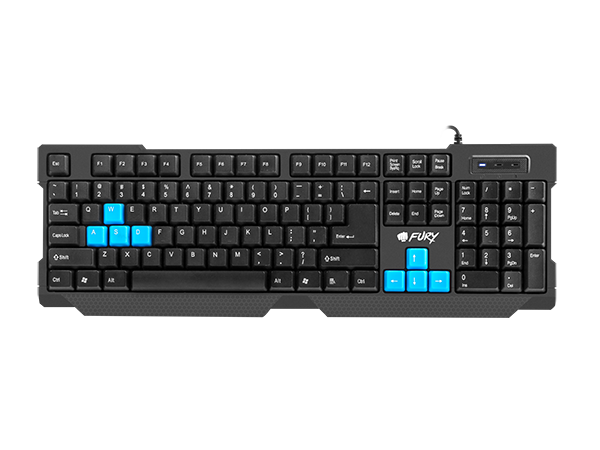Before you begin
If the problem persists after you rebooted your computer, then there is a chance that the issue is related to out-of-date drivers or a possible conflict between two connected USB devices. BUREAU OF TRANSPORTATION STATISTICS. Department of Transportation. 1200 New Jersey Avenue, SE. Washington, DC 20590. Phone Hours: 8:30-5:00 ET M-F.
Driver updates for Windows 10, along with many devices, such as network adapters, monitors, printers, and video cards, are automatically downloaded and installed through Windows Update. You probably already have the most recent drivers, but if you'd like to manually update or reinstall a driver, here's how:
- If your computer came with a serial port built into it (pretty rare these days), go to the support site of your computer's manufacturer, enter the identifying information about your specific model (probably the serial number), and look for the driver for the serial port.
- The operating system detects the device and loads the standard USB audio 2.0 driver (usbaudio2.sys). Windows then downloads the device-specific driver from Windows Update. The downloaded device driver replaces the usbaudio2.sys driver. In this scenario, the device cannot be used, and the computer does not have sound.
Update the device driver
In the search box on the taskbar, enter device manager, then select Device Manager.
Select a category to see names of devices, then right-click (or press and hold) the one you’d like to update.
Select Search automatically for updated driver software.
Select Update Driver.
If Windows doesn't find a new driver, you can try looking for one on the device manufacturer's website and follow their instructions.
Reinstall the device driver
In the search box on the taskbar, enter device manager, then select Device Manager.
Right-click (or press and hold) the name of the device, and select Uninstall.
Restart your PC.
Windows will attempt to reinstall the driver.
More help
National Port Devices Driver Wanted
If you can't see the desktop and instead see a blue, black, or blank screen, see Troubleshoot blue screen errors or Troubleshoot black or blank screen errors.
-->This topic describes the device-specific registry entries.

Find device information after it enumerates on Windows
View the device interface GUID, Hardware Id, and device class information about your device
Find this registry key and note the DeviceInstance value:
HKEY_LOCAL_MACHINESYSTEMCurrentControlSetControlDeviceClasses
Find the device instance registry key and get the device interface GUID:
HKEY_LOCAL_MACHINESYSTEMCurrentControlSetEnumUSB<hardware id><instance id>Device Parameters
Under the device instance key, note the device class, subclass, and protocol codes:
HKEY_LOCAL_MACHINESYSTEMCurrentControlSetEnumUSB
Registry settings for configuring USB driver stack behavior
The registry entries described in this topic are found under this key:
In the vvvvpppprrrrr key,
- vvvv is a 4-digit hexadecimal number that identifies the vendor
- pppp is a 4-digit hexadecimal number that identifies the product
- rrrr is a 4-digit hexadecimal number that contains the revision number of the device.
The vendor ID, product ID, and revision number values are obtained from the USB device descriptor.The following table describes the possible registry entries for the vvvvpppprrrrr key. The USB driver stack considers these entries as read-only values.
| Registry entry | Description | Possible values |
|---|---|---|
osvc REG_BINARY Supported on Windows XP and later versions. | Indicates whether the operating system queried the device for Microsoft-Defined USB Descriptors. If the previously-attempted OS descriptor query was successful, the value contains the vendor code from the OS string descriptor. |
|
IgnoreHWSerNum REG_BINARY The iID ® PEN reader range from microsensys includes different RFID read/write devices in pen form. They are available with various HOST interfaces such as USB, RS232TTL, and Bluetooth. The reading and writing of RFID transponders occurs via the RFID antenna at the top of the PENs. Drivers microsensys usb devices dongle. If the device is not yet connected, first install the device-specific driver, such as by using the appropriate installer. After the device-specific driver is installed, Windows 10 will select that driver instead of the standard USB audio 2.0 driver when you first connect the device. The information in the accompanying screen tells me that 1) it is a input device, 2) it is an external port, 3) it does not support multiple USB versions, 4) it is a USB 1.0 device, and 5) this is. Improvements and fixes. This update includes a fix for an incorrect device driver (“Microsoft – WPD – 2/22/2016 12:00:00 AM - 5.2.5326.4762”) that was released by a third-party on March 8, 2017 that affected a small group of users with USB connected phones or other media devices that rely on Media Transfer Protocol (MTP). With a USB-C connection, you can charge your Windows 10 PC, and you can also connect to other USB Type-C devices such as mobile phones, docking stations, display adapters, and other devices that have a USB-C port. Supported on Windows Vista and later versions. | Indicates whether the USB driver stack must ignore the serial number of the device. |
|
ResetOnResume Lecroy multifunction devices driver download for windows. REG_BINARY Supported on Windows Vista and later versions. | Indicates whether the USB driver stack must reset the device when the port resumes from a sleep cycle. |
|
National Port Devices Driver Ed
Related topics
